Hands up, who thinks that making raw cheese is too hard? When I first tried to make raw cheese - a long ways back! - it didn't turn out at all. I mixed it all up, let it sit for the required 48 hours, and... nothing! It didn't work. All I had to show for it was a lumpy unappealing mess.
So I checked out other raw cheese recipes. There was talk of fermentation, culturing and straining. Many recipes required rejuvelac, a mixture of sprouted wheat berries (yes, you have to sprout them first) and filtered water. You have to make the rejuvelac first (which requires up to 48 hours) and then make the cheese (a further 24 - 48 hours!). The recipes seemed overly complicated, with too many steps and fussing about. Nope, not for me!
I like things simple...
I like my recipes quick and easy. Enter my raw cheese sauce recipe (a must-have in my fridge). No fermenting. No waiting. No straining! This spreadable cashew-based raw cheese will rock your boat in so many ways. Freshly made, it's warm and liquid-y, perfect for serving over broccoli (the classic pairing!). Or pour it over your favorite veggies. Or use it as a dip (celery comes to mind here!).
When refrigerated, it firms up to a texture similar to cheese whiz. Perfect for spreading over raw bread or crackers. You can even dehydrate this mixture so that it resembles parmesan cheese!
So if you need a cheese fix that's simple and quick, then try my raw cheese sauce. You can have it ready in just 3 easy steps:
- Toss all ingredients into blender.
- Blend like crazy!
- Serve (and enjoy!)
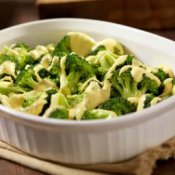
Note: To get the ingredients and the full recipe (with user reviews, etc), simply skip over to my full recipe write-up here!









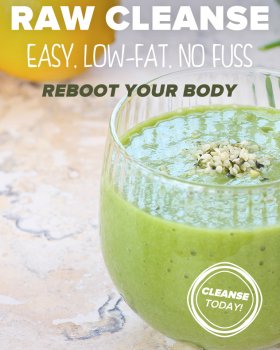













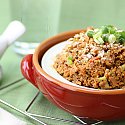


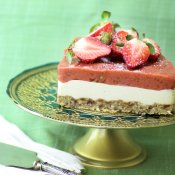
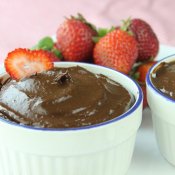

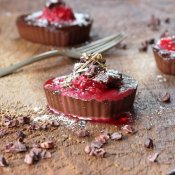
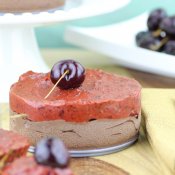
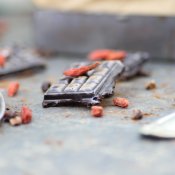
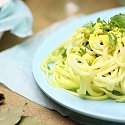
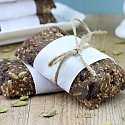
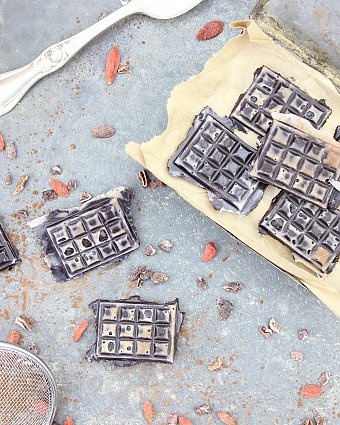
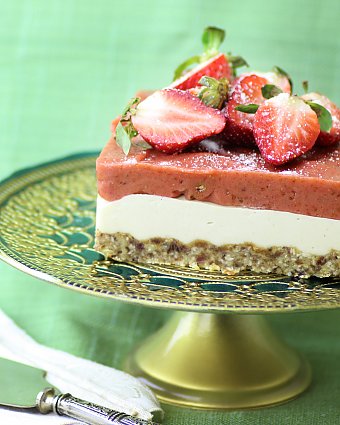
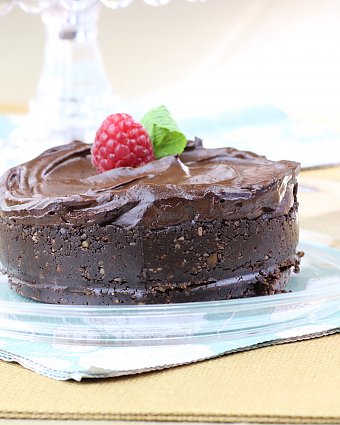
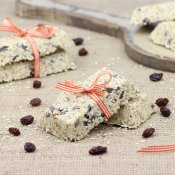
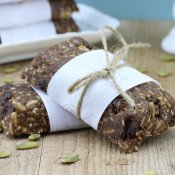
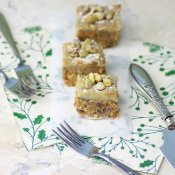
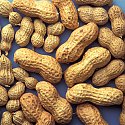
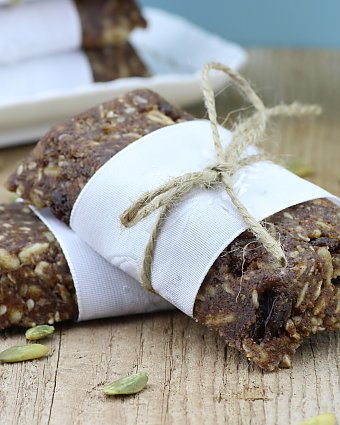
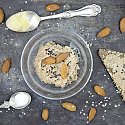
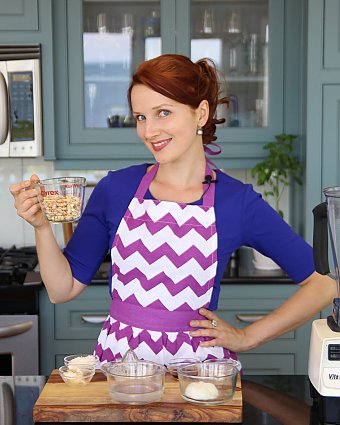
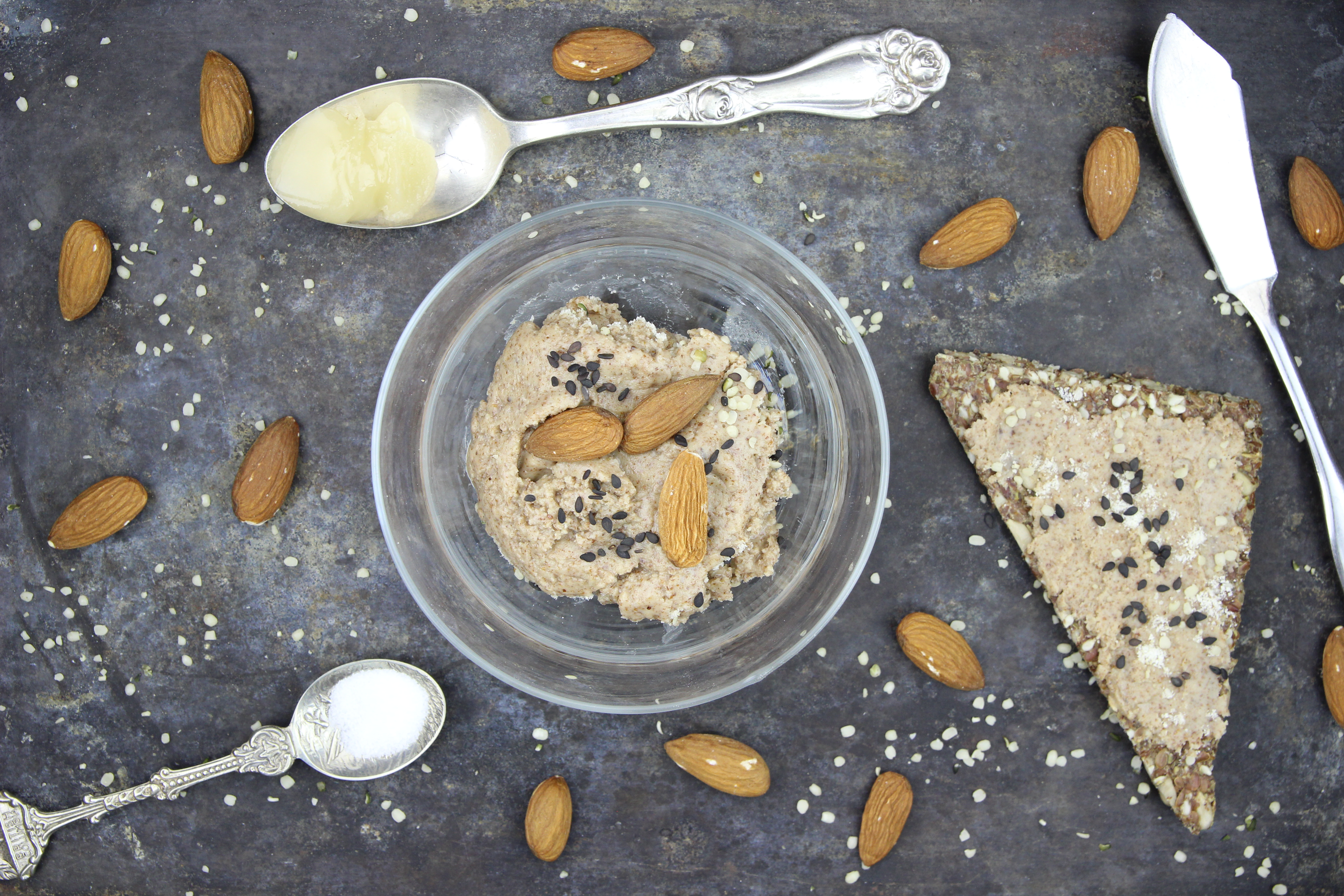
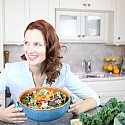
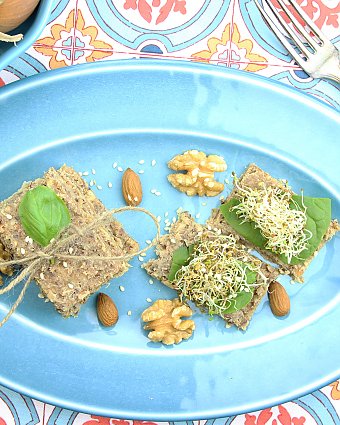
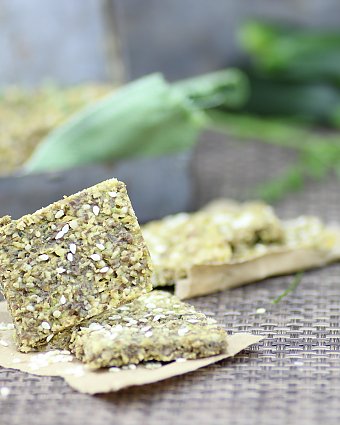
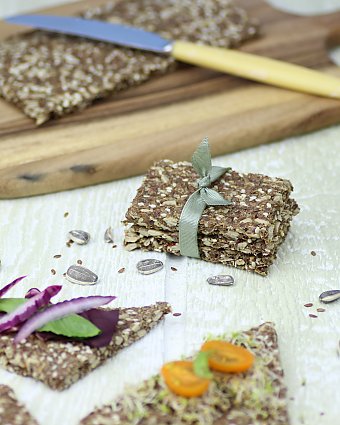
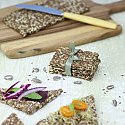

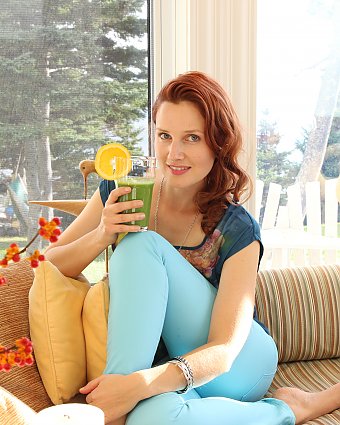
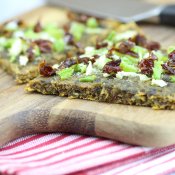
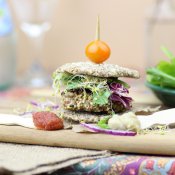
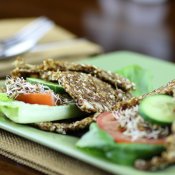
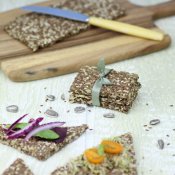
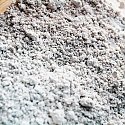

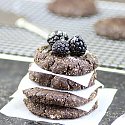
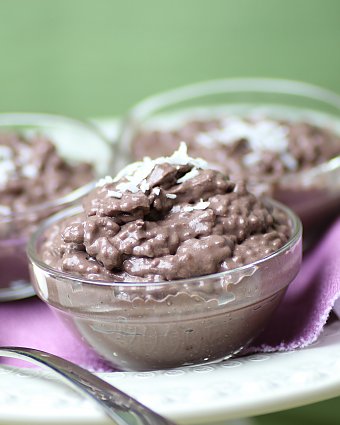
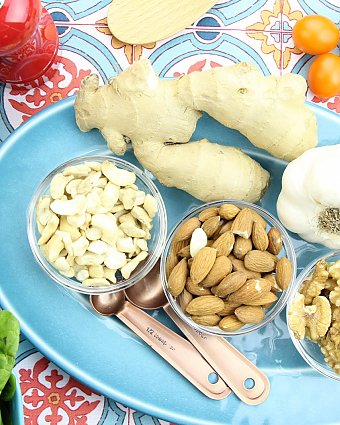
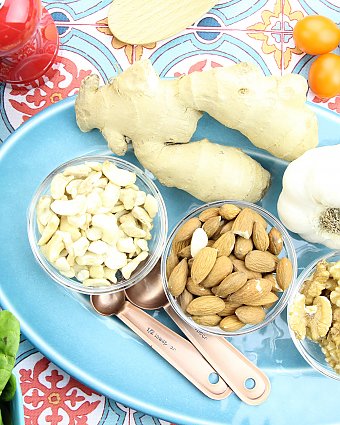


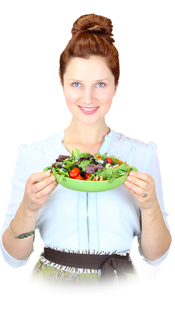

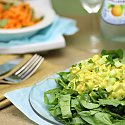
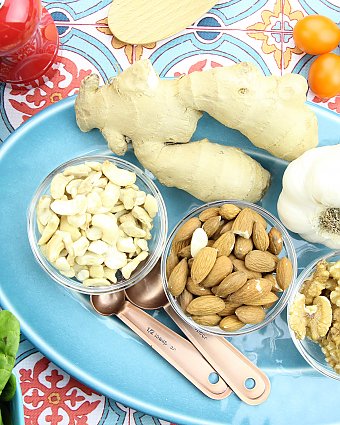
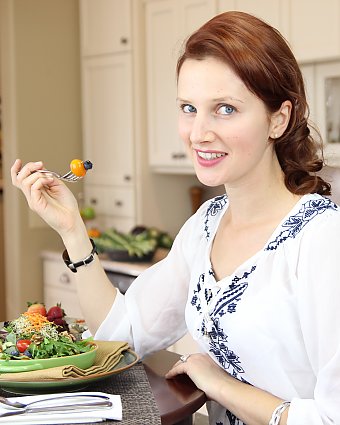
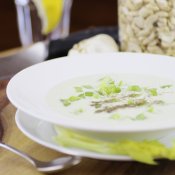

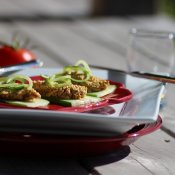
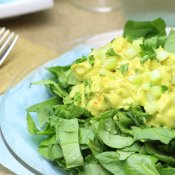
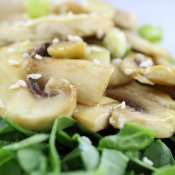
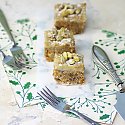
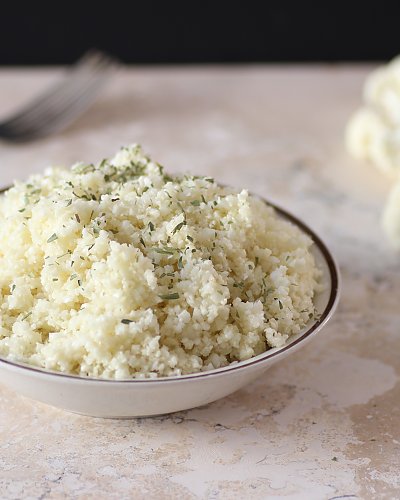
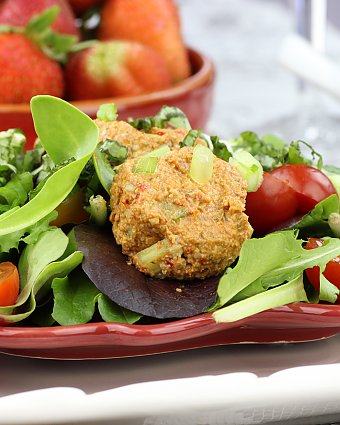
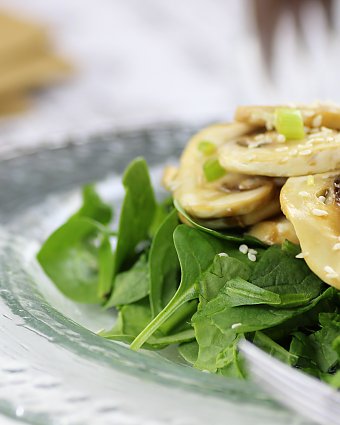
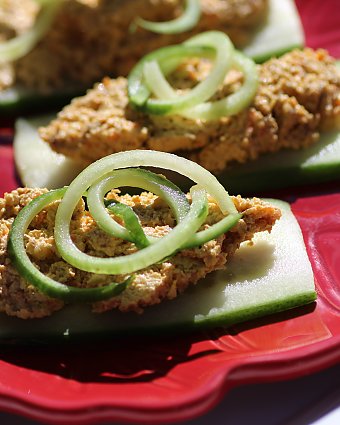
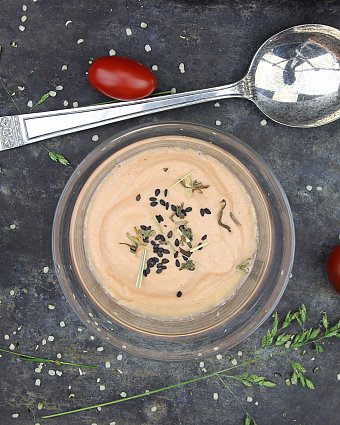


























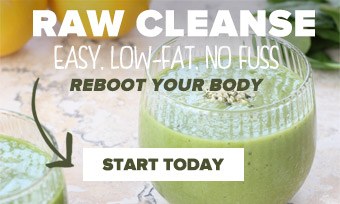
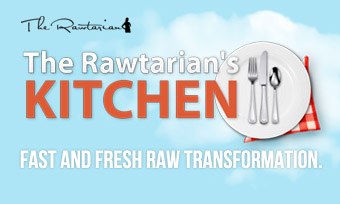
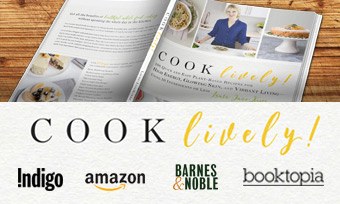
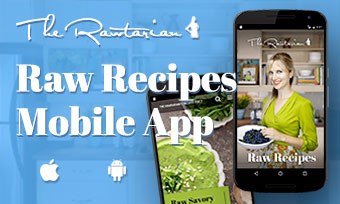
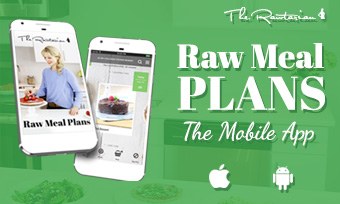
What's Being Talked About